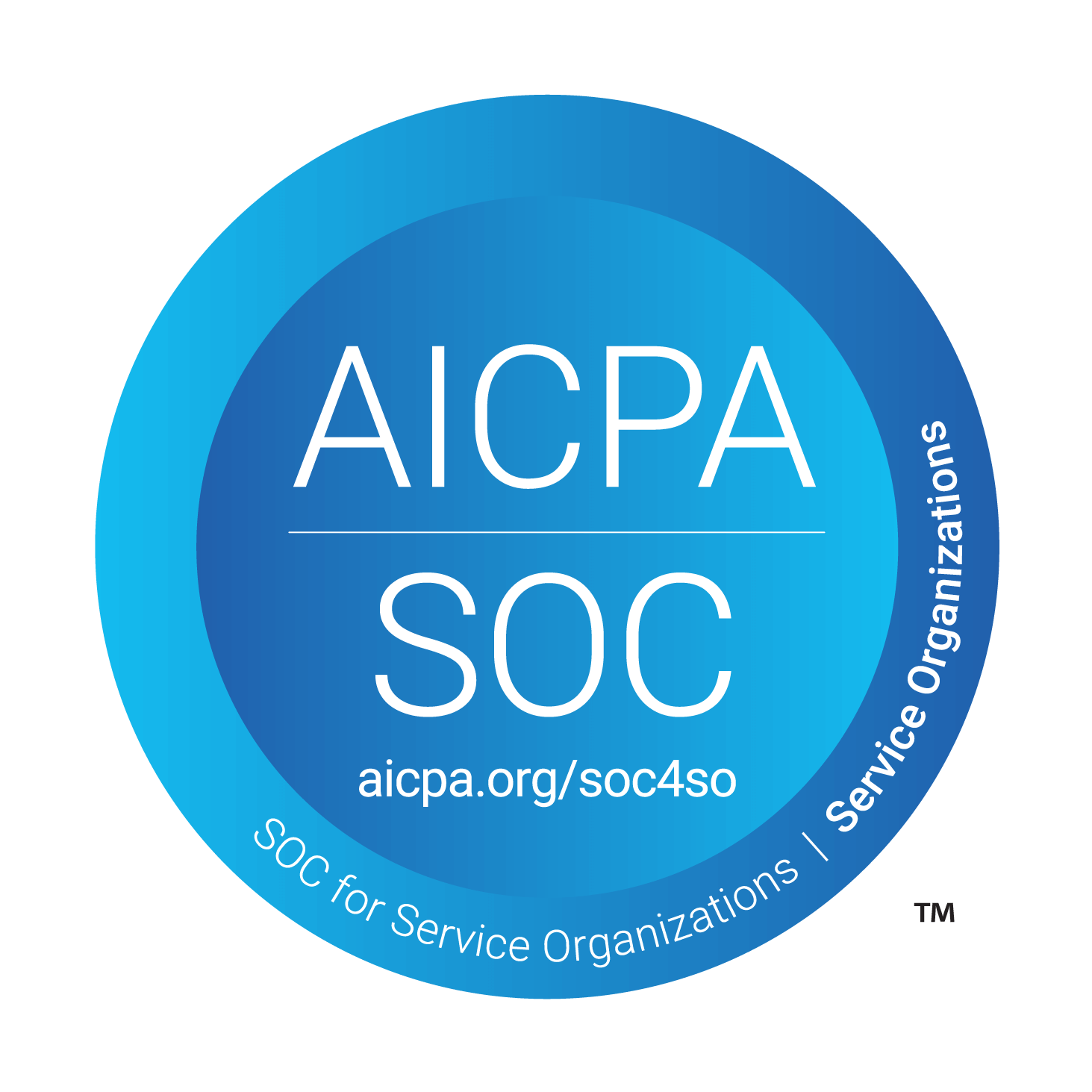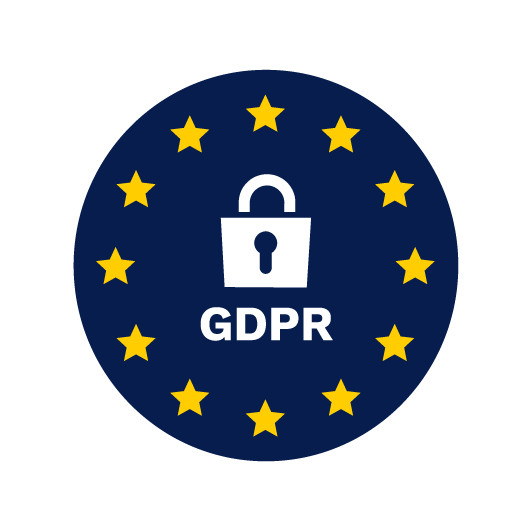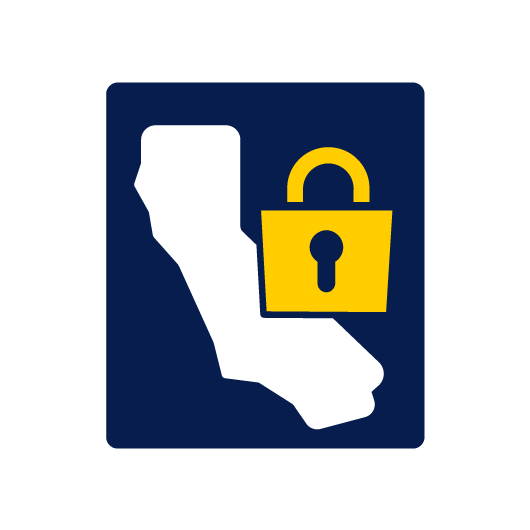Parsons Corporation Saves $7k Per Project With Forms On Fire
The immediate feedback has been phenomenal across the board. Not only has it had the intended effect of providing a common operating picture, but it has had immediate effects increasing communication, accountability, and motivation.
Their Challenge
Parsons Corporation's Utility Monitoring and Control Systems (UMCS) program faced recurring problems when surveying U.S. Army Corps of Engineers sites for utility monitoring system installations.
Their manual process created cascading problems:
- Pen and paper surveys required manual transcription to Excel
- Copy/paste into multiple workbooks for client deliverables
- Errors multiplied at each data transfer point
- Siloed teams lacked visibility into other functional areas
- No unified picture of project status or progress
- No way to transfer knowledge and best practices between teams
The program director recognized errors throughout the workflow. Without automatic data links between phases, teams couldn't catch errors or coordinate effectively.
The Forms On Fire Solution
Using Forms On Fire, they created a series of mobile, automated forms for each project phase — from initial surveys through design, build, and installation.
The solution delivered immediate improvements:
- Dynamic, touch-enabled forms that work on any mobile device or PC
- Secure SharePoint integration for photos and data
- Automated client deliverable generation
- Real-time data sharing across all functional teams
- Unified platform connecting previously siloed departments
"Working with the digital form team, we were able to integrate all of those lists onto a common platform," said Bryan. "The immediate feedback has been phenomenal across the board."
The Results That Made The Difference
Maximized efficiency
Digital validation features ensure accurate data entry, reducing careless mistakes and increasing confidence in QA results.
Reduced costs
Bryan estimates savings of 2-3 weeks or $5,000-$7,000 per project through automated report generation and error reduction.
Increased productivity
Dynamic logging of utility assessments through intuitive forms eliminated manual transcription errors and time delays.
Enhanced coordination
The unified platform increased communication and accountability while providing real-time visibility into project status.
From manual transcription nightmares to seamless digital workflows, Parsons Corporation's transformation demonstrates
how innovative application of existing technology can revolutionize field operations.






